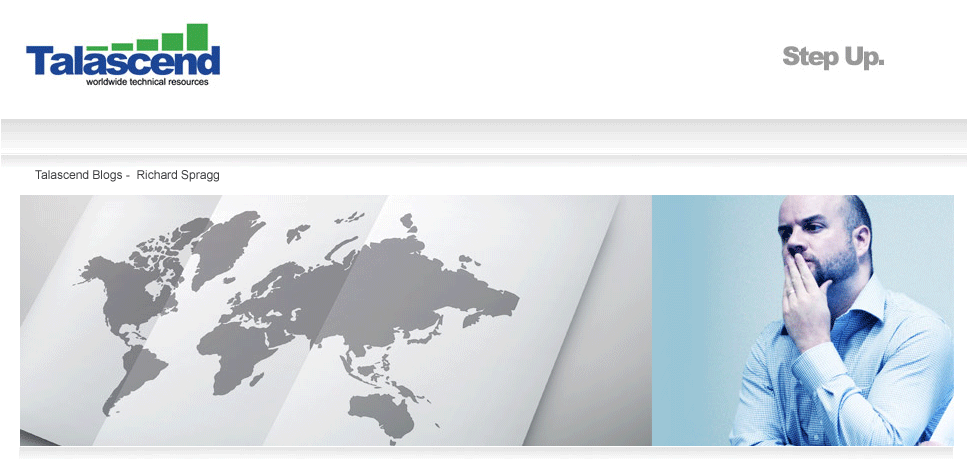by Richard Spragg
Five or six years ago, a marketing consultancy I was working with put out a press release for April Fools Day. It announced that they had been selected to brand and promote the world’s first commercial spaceport. They included pictures of a futuristic looking spaceport in the desert and an impressive highbred of concord and space shuttle dreamed up by a young graphic designer. It was all very persuasive, but too far-fetched to be convincing. Good fun though, and good PR.
On Monday, it was for real.
Sir Richard Branson, the deliberately eccentric British entrepreneur, announced the opening of his New Mexico Space Port to much media interest and an equal amount of eye rolling scorn.
We have all the hallmarks of a PR exercise, complete with celebrities, promotion schedule and glitzy marketing. Press Releases include the usual Star-trek language and the obligatory gubernatorial plugging for New Mexico and its long tradition of pioneering innovation and yada yada yada.
Kate Winslet, no less, will be heading for orbit it seems, along with her boyfriend - Branson’s nephew – Ned Rocknroll (his name changed from Smith by deed poll before he married in an open-air pagan ceremony led by a druid.) You couldn’t accuse him of not trying hard enough.
All of the hype creates skepticism. There is some speculation as to the authenticity of the claims of space travel. (There will be no orbiting and no weightlessness.) There is also the fact that we have been promised flights will begin 'next year' for a very long time. Of course, this time they mean it.
But let’s give credit where it’s due. There is a substantial feat of engineering at the heart of this enterprise, and we mustn’t throw the baby out with the PR bathwater. Yes, the hype is annoying, and yes, we are not looking at a breakthrough in human achievement – it’s the first commercial space flight, not the first space flight. But take some time to flip through the basics of Burt Rutan's engineering and you will see something truly inspiring.
Also, at $200,000 a ticket, there is a significant achievement in making space travel accessible. After all this is rather less than the $20m that was paid by Dennis Tito in 2001 to be the world’s first Space Tourist. Branson believes he can get this down to $25,000 in ten years.
 |
Branson with a model of
Spaceship 1
|
It’s also guaranteed that Branson will achieve his dream without throwing away his fortune on it, as so many before him have. Engineers salute. Look past the showbiz. When all the glitz has been swept away, the engineering will remain. Branson is a visionary and a man capable of making extraordinary things happen. It’s not long ago that commercial space travel was an April Fool’s joke. He is making it a reality.
Richard Spragg writes on various subjects including global engineering staffing and global engineering jobs.


